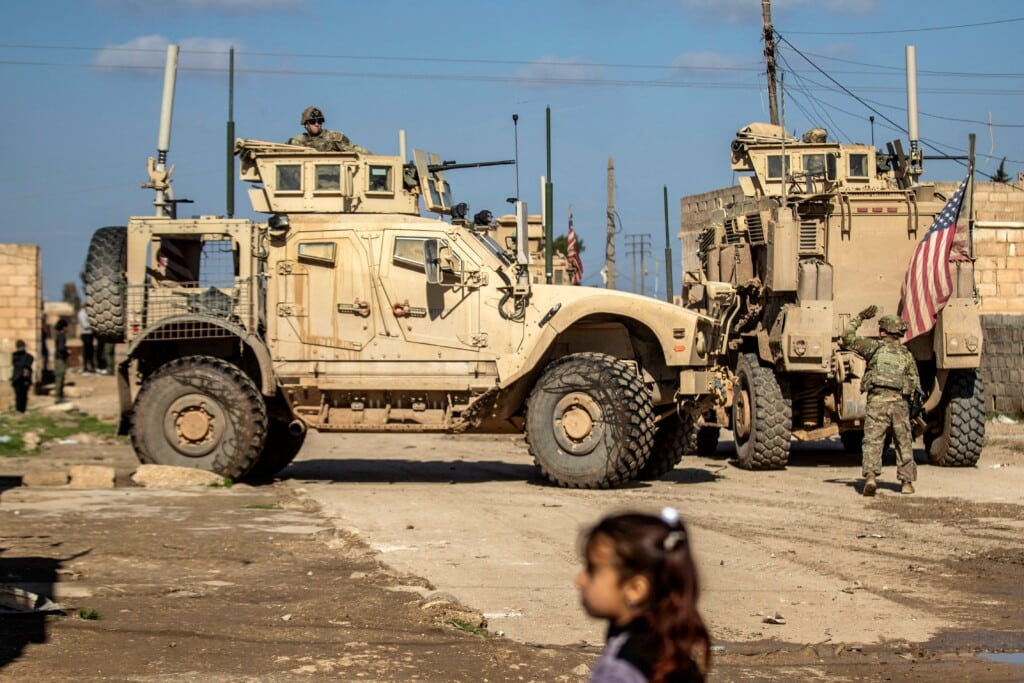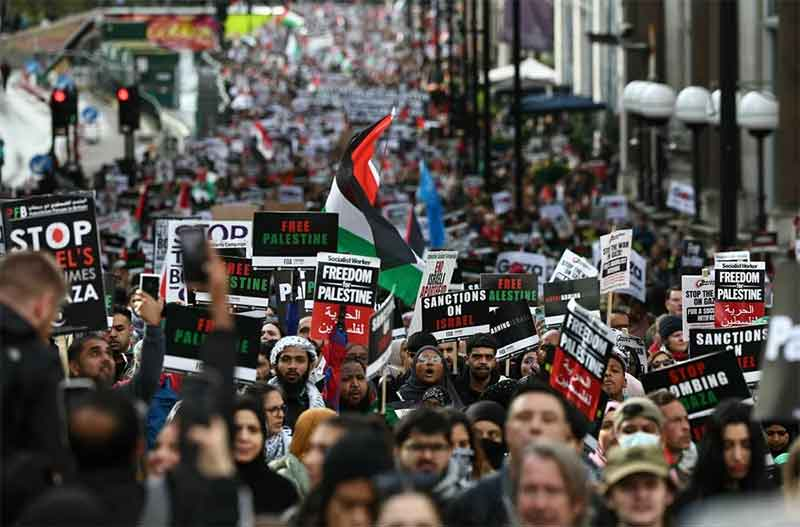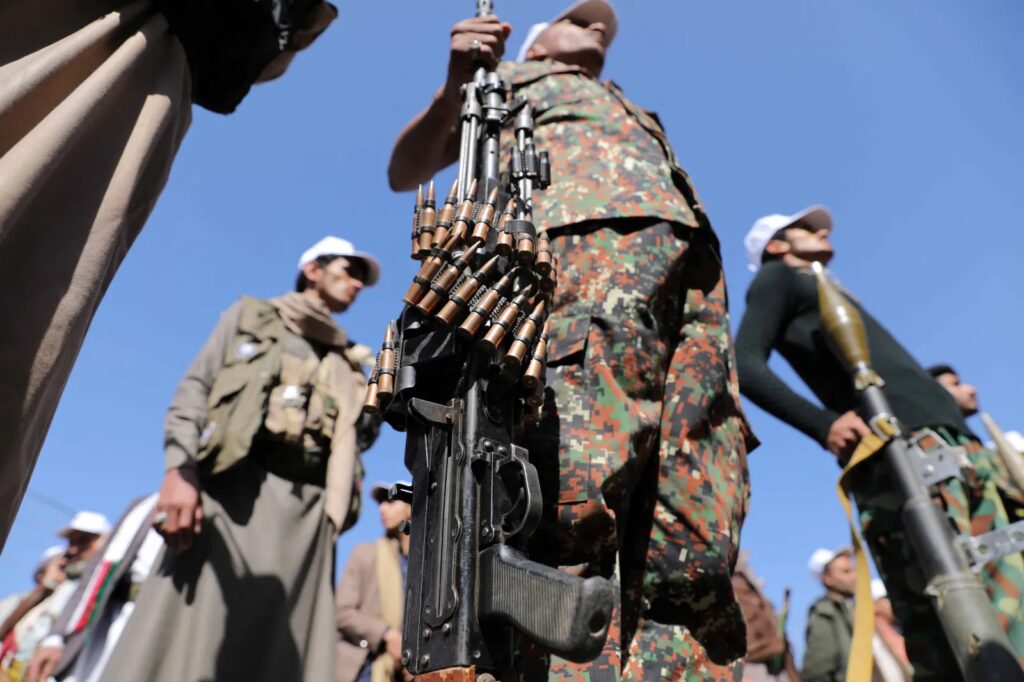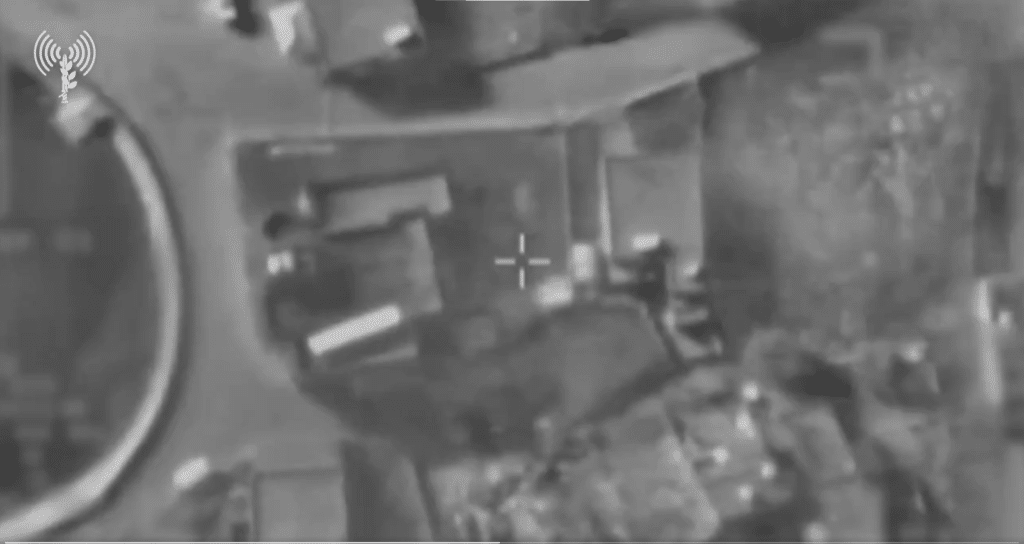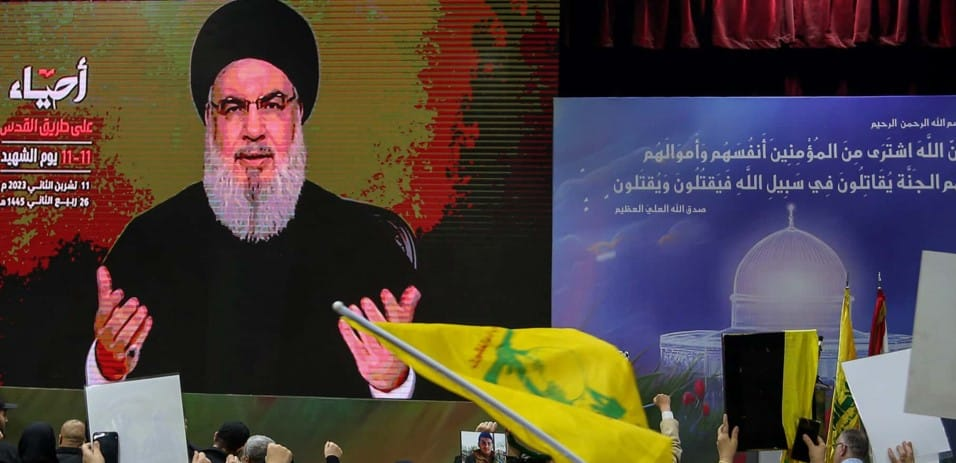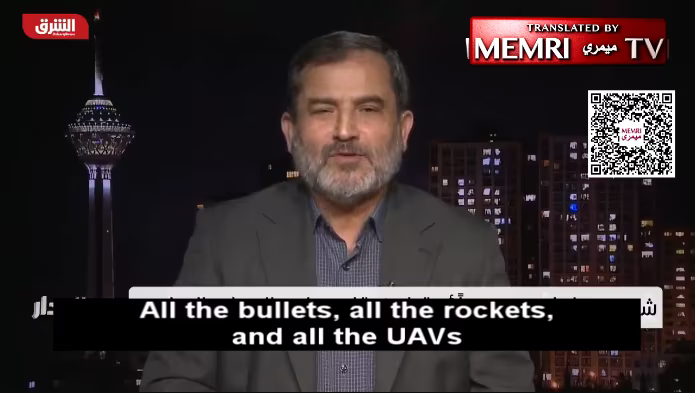Escalation scenarios between Iran and the United States in Syria and Iraq
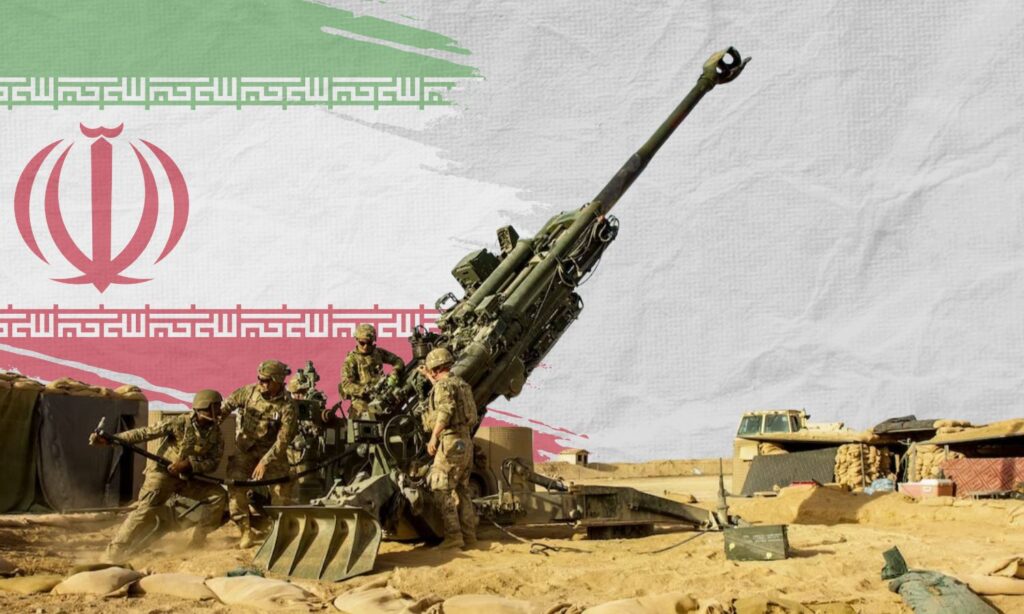
The US-Iranian escalation has taken a new turn when Washington announced strikes on command and control centers, intelligence facilities, and weapon storage facilities used by Iran-backed militias to attack American forces and the International Coalition.
Through a series of attacks, the United States targeted 85 locations in Syria and Iraq, in response to the killing of its soldiers by shelling for which Iran was accused of being involved.

